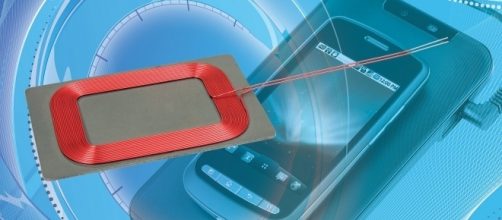wireless charging is not a new concept in the smartphone market. However, when an existent technology is picked up by a leading OEM and marketed in the form of a new feature, the technology becomes a must-have for all other companies. The wireless charging feature has undergone a similar change of fate. With Apple introducing the much-awaited capabilities in its new iPhone models, the technology has come to the forefront of smartphone market.
Apple’s device involves the usage of a charging pad, which is more troublesome than charging with a cord.
The user will have to keep the smartphone in contact with the charging pad the whole time and will not be able to use the handset while it is charging. Moreover, the user will still have to carry many small charging pads or one big changing pad for one or all devices. In any case, the smartphone cannot charge itself over any distance and will have to be in contact with a physical entity. A new Startup called Pi, however, is trying to solve this problem by offering a wireless Charging Point that can power up devices from a distance.
Pi offers wireless charging points
Pi is not the only company to offer wireless charging solutions over the spectrum without the need of a charging pad. Energous WattUp solutions claims that it can charge a device over a distance of 15 feet.
However, on the downside, these revolutionary products are yet to come on the market. Thus, in the absence of such products, Pi’s claims of wireless charging seem the most promising.
Pi has released its first-ever wireless charging device which is called "Pi." The Silicon Valley startup claims that its Pi charging point is the first of its kind to provide charging to devices without coming into contact with them. The product comes in the form of a lampshade or cone whose tip has been cut off. The startup has already launched the product on the market.
Pi charges handsets using resonant induction
Pi resorts to resonant induction to charge devices without making contact. This technology allows the company to come up with an algorithm to form a special beam, which allows it to direct and shape the magnetic beams around the device which has been placed to charge up.
In layman terms, it means that a user will only have to keep the phone next to the Pi device to charge the handset. The user will not have to establish physical contact between the device and handset to charge the smartphone.


